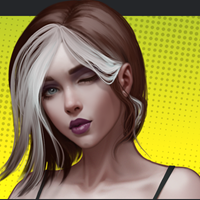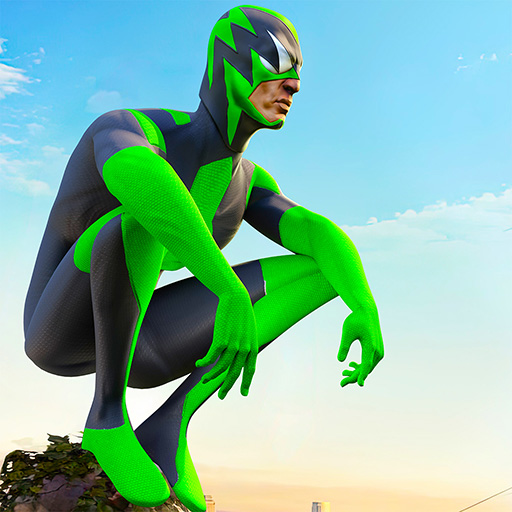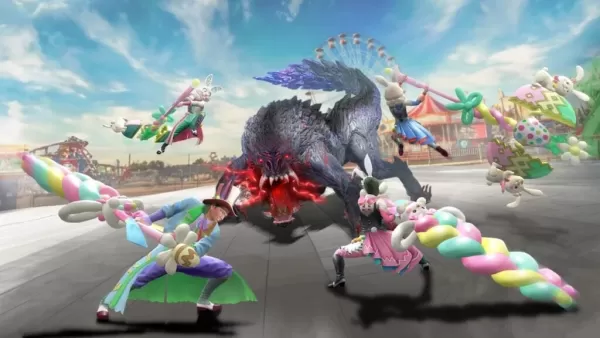Were the 1980s the Greatest Decade for Marvel?
The 1970s were a turbulent era for Marvel Comics. While significant characters and storylines like "The Night Gwen Stacy Died" and Doctor Strange's encounter with God emerged, the 1980s truly witnessed a creative explosion. Marvel's greatest creators delivered landmark runs on their most popular titles: Frank Miller's Daredevil, John Byrne's Fantastic Four, David Michelinie's Iron Man, and the pinnacle of Chris Claremont's X-Men, with Roger Stern's Amazing Spider-Man and Walt Simonson's Thor soon to follow. These creators profoundly shaped the enduring legacy of these characters.
Considering Marvel's history, the 1980s might well represent the company's golden age. Join us for Part 7 of our exploration of essential Marvel issues!
**More Essential Marvel**
- 1961-1963 - The Birth of a Universe
- 1964-1965 - The Sentinels Are Born and Cap Dethaws
- 1966-1969 - How Galactus Changed Marvel Forever
- 1970-1973 - The Night Gwen Stacy Died
- 1974-1976 - The Punisher Begins His War on Crime
- 1977-1979 - Star Wars Saves Marvel From Bankruptcy
**The Dark Phoenix Saga and Other All-Time X-Men Stories**
Chris Claremont's transformative run on X-Men, beginning in 1975, produced some of its greatest stories in the early 1980s. The Dark Phoenix Saga (X-Men #129-137) is arguably the most famous X-Men story ever. Years after Jean Grey became the Phoenix, a cosmic entity corrupts her, turning her into the Dark Phoenix, a formidable enemy. This cosmic saga, illustrated and co-plotted by John Byrne, features the debuts of Kitty Pryde (Shadowcat), Emma Frost, and Dazzler. Jean Grey's sacrifice, after regaining her senses, is a heartbreaking moment, even knowing her eventual return. While film adaptations haven't always captured the essence of the story, animated series like X-Men: The Animated Series and Wolverine & the X-Men have done a better job.
Shortly after, came Days of Future Past (X-Men #141-142), a famous story featuring the Sentinels, first introduced by Stan Lee and Jack Kirby in 1965. Adult Kitty Pryde travels back in time to prevent an event that leads to a dystopian future ruled by Sentinels. This two-issue arc has been revisited by numerous creators and adapted into the 2014 film X-Men: Days of Future Past and a Wolverine & the X-Men season arc.
Another pivotal X-Men story is X-Men #150, where a battle between the X-Men and Magneto nearly kills Kitty Pryde. Magneto's revelation as a Holocaust survivor profoundly impacted his character development, solidifying his morally ambiguous nature.
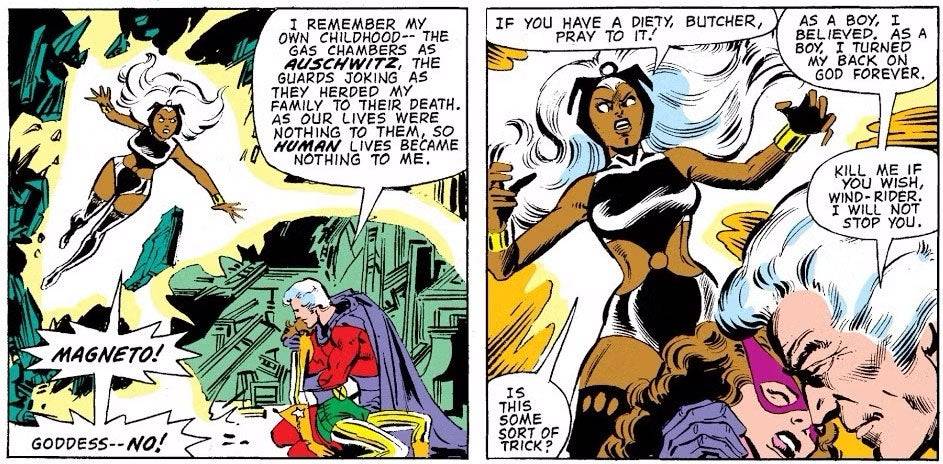
**The First Appearances of Rogue, She-Hulk, and the New Mutants**
The 1980s also saw the introduction of major characters, including prominent female heroes. Rogue, a popular X-Men member, debuted as a villain in Avengers Annual #10, part of Mystique's Brotherhood. This issue features Rogue draining Carol Danvers (Ms. Marvel) of her powers, significantly altering both characters' trajectories. This issue also shows Carol confronting the Avengers for their inaction during her ordeal, as revealed in Avengers #200.
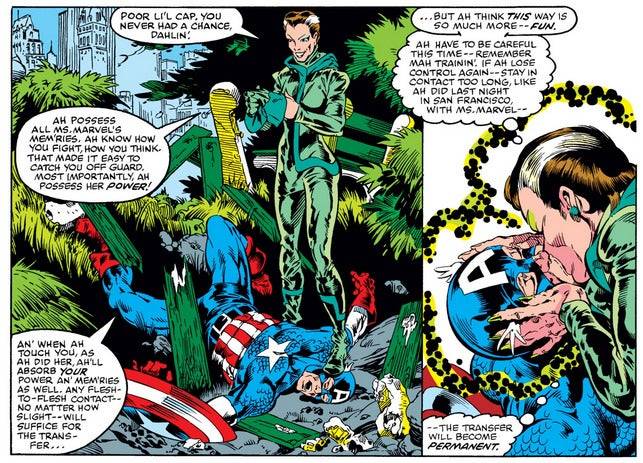
Savage She-Hulk #1 introduced Jennifer Walters (She-Hulk), the last character co-created by Stan Lee during his initial Marvel tenure. She gained powers after an emergency blood transfusion. While her first solo series wasn't highly regarded, She-Hulk's character developed significantly through her involvement with the Avengers and Fantastic Four. Tatiana Maslany later portrayed She-Hulk in the MCU series.
The New Mutants, the first X-Men spin-off, debuted in Marvel Graphic Novel #4 before launching their own series. This team of teenage mutants, including Cannonball, Sunspot, Karma, Wolfsbane, and Dani Moonstar (Mirage), later included Illyana Rasputina (Magik). A version of this team, excluding Karma, appeared in the 2020 New Mutants film.
**Iconic Storylines for Daredevil, Iron Man, and Captain America**
Daredevil #168 marks the beginning of Frank Miller's defining run, introducing Elektra and reinventing Daredevil's mythology. Over two years, Miller crafted a gritty saga featuring Kingpin, Stick, a confrontation with the Punisher, and the infamous death of Elektra in #181 (though she was resurrected later). This run heavily influenced the 2003 film and the 2015 Netflix series.
David Michelinie and Bob Layton's Iron Man run culminated in Doomquest (Iron Man #149-150). This story features Iron Man's first solo battle with Doctor Doom, resulting in their time travel to Arthurian times. This arc cemented Doom as a key member of Iron Man's rogues' gallery.
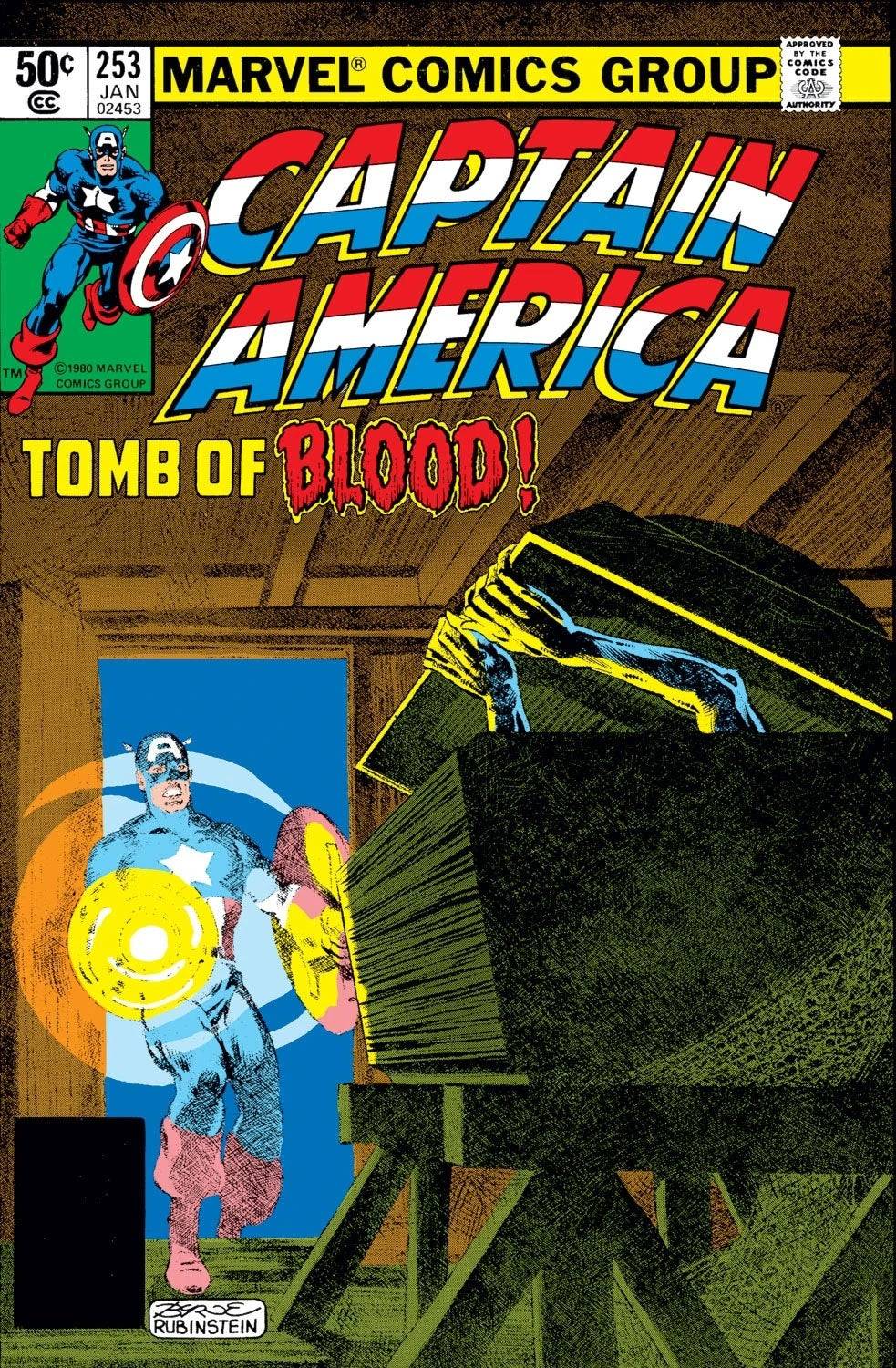
Captain America's confrontation with Baron Blood in Captain America #253-254, from Roger Stern and John Byrne's run, is a darker tale involving a Nazi vampire. This story features excellent artwork and a powerful conclusion.
**Moon Knight Becomes a Hero and Marvel Helps Create the G.I. Joe Mythology**
Moon Knight #1 and G.I. Joe #1 are two influential #1 issues from this era. While Moon Knight's first appearance was in Werewolf by Night #32, his solo series solidified him as a hero, detailing his backstory and introducing his alternate personalities. All future Moon Knight stories built upon this foundation.

Although Marvel doesn't own the G.I. Joe franchise, it played a crucial role in its creation. The tie-in comic, starting in 1982, saw Marvel editor Archie Goodwin develop the concept for Cobra, with Larry Hama creating most of the characters, including Scarlett, Snake Eyes, Storm Shadow, Lady Jaye, and the Baroness. Hama's work made G.I. Joe one of Marvel's most popular titles, particularly among female readers due to the equal portrayal of female characters.
-
Digimon Con 2025 has teased a new TCG announcement for fans.Strong hints suggest a mobile-related project is in development.Could this be a potential competitor to Pokémon TCG Pocket?For fans of the long-running Digimon franchise, the upcoming DigimoAuthor : Alexis Dec 21,2025
-
Solgaleo and Lunala make their grand debutImmersive Supporter cards arriving soonHalf-anniversary celebration with new solo missionsThe stars align as Celestial Guardians arrive in Pokémon TCG Pocket, bringing an spectacular close to the month. LauncAuthor : Alexander Dec 21,2025
- Spring Valley Farm Game: January 2025 Redeem Codes
- WWE Superstars Join Call of Duty Warzone: Mobile Roster
- Midnight Girl is a minimalist point-and-click adventure set in Paris in the 60s, now open for pre-orders on mobile
- Mobile Legends: Bang Bang – Best Lukas Build
- "Grand Outlaws Unleashes Chaos and Crime on Android Soft Launch"
- Video Game Song Surpasses 100 Million Streams on Spotify








